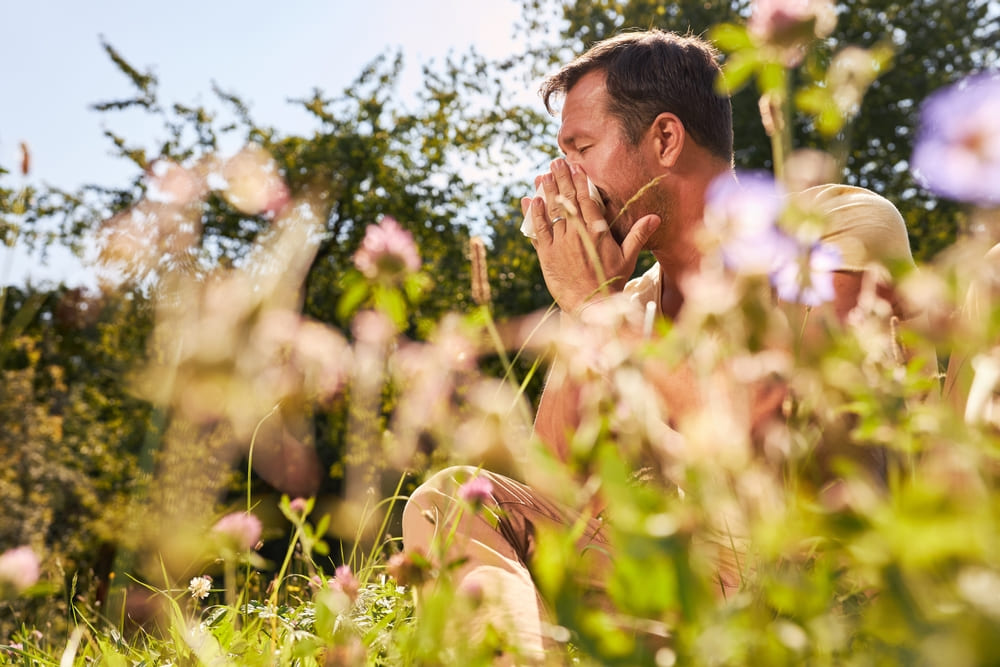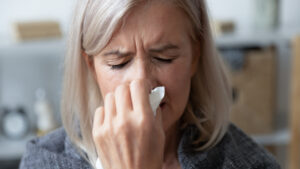The arrival of autumn often brings a welcome change with its crisp air and vibrant colors. However, for many individuals, this season also marks the beginning of uncomfortable allergy symptoms. We understand that dealing with sneezing, itching, and congestion can be challenging and disruptive to your daily life. These reactions are frequently caused by specific autumn allergens that become more prevalent during this time of year. Our commitment is to provide you with clear, compassionate information to help you identify the sources of your discomfort and offer practical strategies for effective allergy management, allowing you to enjoy the season with greater comfort and well-being. At Doral Health & Wellness, we have all the answers you need.
Understanding Common Autumn Allergens
While spring allergies get a lot of attention, fall allergies can be just as severe. The primary culprits during this season are different, but their effect on your quality of life can be significant. We believe that identifying the specific triggers is the first step toward finding relief. Our goal is to provide you with the knowledge to understand what may be causing your symptoms.
Ragweed: The Primary Fall Culprit
Ragweed is, by far, the most common cause of fall hay fever. A single ragweed plant can produce up to one billion pollen grains, which are lightweight and can travel hundreds of miles on the wind.
Peak Season: Ragweed typically begins to release pollen in August and can continue until the first frost. The peak time for pollen release is in the early morning hours.
Symptoms: Exposure to ragweed pollen can cause sneezing, a runny or stuffy nose, itchy eyes, and an itchy throat. It can also worsen asthma symptoms.
Cross-Reactivity: Some people with ragweed allergies may also experience oral allergy syndrome, an itchy mouth or throat after eating certain foods like bananas, melons, and zucchini.
Mold Spores: The Hidden Allergen
As leaves begin to fall and decompose, they create a damp environment that is perfect for mold growth. Mold spores, much like pollen, become airborne and can be easily inhaled.
Where It’s Found: Mold thrives in piles of damp leaves, compost piles, and other moist outdoor areas. Indoor molds can also be a problem, often found in damp basements, bathrooms, or kitchens.
Year-Round Presence: While mold spores peak in the fall, they can be present year-round, especially indoors. We recognize the importance of addressing both indoor and outdoor sources.
Dust Mites: An Indoor Nuisance
As the weather cools, we tend to spend more time indoors and turn on our heating systems for the first time in months. This can stir up dust mites that have accumulated over the summer.
What They Are: Dust mites are microscopic creatures that live in household dust. They thrive in warm, humid environments and are commonly found in bedding, upholstered furniture, and carpets.
Increased Exposure: Turning on your furnace can circulate dust and dust mite allergens throughout your home, leading to an increase in symptoms for those who are sensitive.
Practical Strategies for Allergy Management
We understand that living with allergies can be frustrating, but there are proactive steps you can take to minimize your exposure and manage your symptoms. Our professional team is here to provide you with clear, actionable advice to help you find relief.
- Monitor Pollen and Mold Counts
Staying informed about the daily allergen levels in your area can help you plan your activities.
Check Local Forecasts: Many weather websites and apps provide daily pollen and mold counts. We advise you to check these regularly.
Limit Outdoor Time on High-Count Days: On days when pollen or mold levels are particularly high, it is best to limit your time outdoors, especially during peak morning hours.
- Create a Low-Allergen Home Environment
Since you spend a significant amount of time at home, reducing indoor allergens is a critical part of allergy management.
Keep Windows Closed: Use air conditioning in your home and car to help filter out pollen and mold spores.
Use High-Efficiency Filters: We recommend using a high-efficiency particulate air (HEPA) filter in your HVAC system and in portable air purifiers to capture airborne allergens.
Control Indoor Humidity: Keep the humidity level in your home below 50% to discourage the growth of mold and dust mites. A dehumidifier can be very effective in damp areas.
Clean Regularly: Vacuum carpets and upholstered furniture weekly with a vacuum that has a HEPA filter. Wash bedding in hot water (at least 130°F) to kill dust mites.
- Take Personal Precautions
Simple changes to your daily routine can make a significant difference in reducing your exposure to autumn allergens.
Change and Shower After Being Outdoors: When you come inside, change your clothes and take a shower to wash pollen from your skin and hair.
Wear a Mask: If you need to do yard work like raking leaves, we suggest wearing an N95-rated filter mask to reduce your inhalation of pollen and mold spores.
Do Not Dry Laundry Outside: Hanging clothes outside to dry can allow pollen and mold to collect on them. Use a dryer instead.
- Consider Medical Treatments
If avoidance strategies are not enough to control your symptoms, several medical treatments are available. It is important to discuss these options with a healthcare provider to determine the best course of action for you.
Over-the-Counter Medications: Antihistamines, decongestants, and nasal corticosteroid sprays can be very effective for relieving symptoms of fall allergies.
Prescription Medications: In some cases, a doctor may prescribe stronger medications or allergy shots (immunotherapy). Immunotherapy involves regular injections of a tiny amount of an allergen to help your body build tolerance over time.
Your Partner in Health
We understand that managing autumn allergens requires a proactive and personalized approach. By identifying your triggers and implementing consistent management strategies, you can significantly reduce your symptoms and improve your quality of life. We are committed to supporting you with the compassionate, professional guidance you need to navigate this season comfortably. Remember, you do not have to endure allergy symptoms alone; effective solutions are available.
Take the first step toward relief from your fall allergies. We encourage you to speak with one of our healthcare professionals to develop a personalized allergy management plan that is right for you. Take control of your health with expert allergy testing in Brooklyn, NY. Whether you’re battling seasonal allergies, food sensitivities, or asthma triggers, our specialists are ready to help you find relief. Call us on + 1-718-367-2555 to book your appointment now to receive best-in-class treatment that helps prevent or manage your allergies for a better life. Please take action now, before it’s too late! If you need help, register your information and make direct contact with us at https://yuz88hfiyh7.typeform.com/Doralintake. Or visit us at 1797 Pitkin Avenue, Brooklyn, NY 11212.






